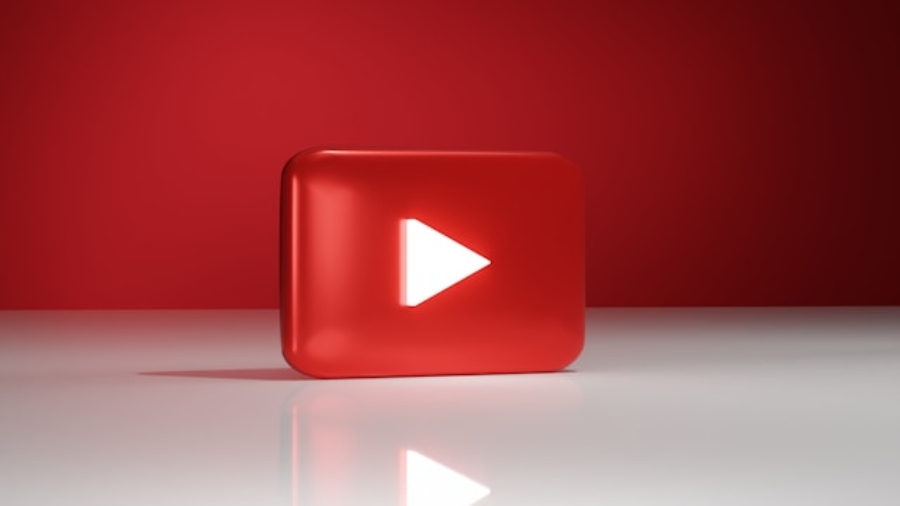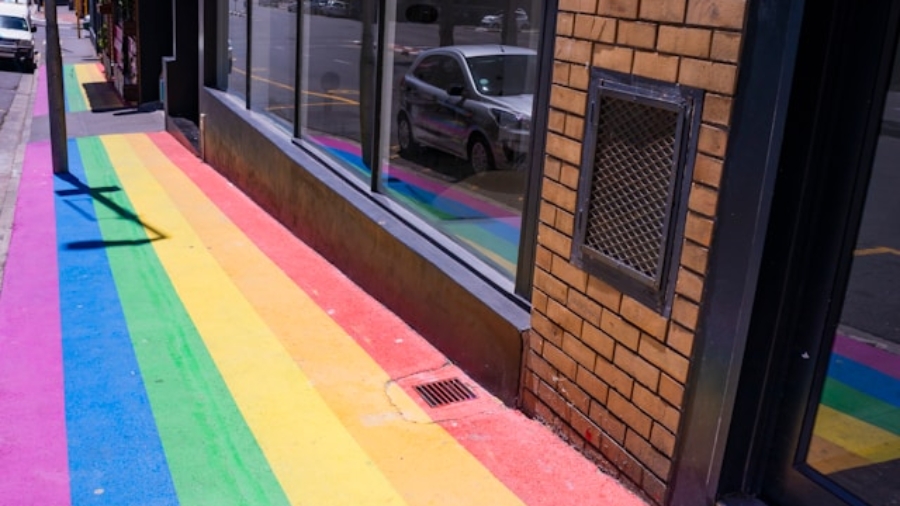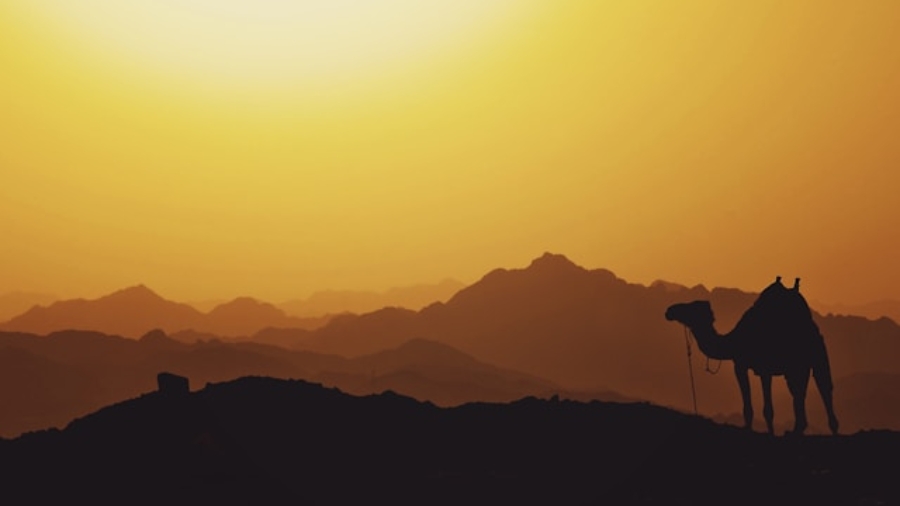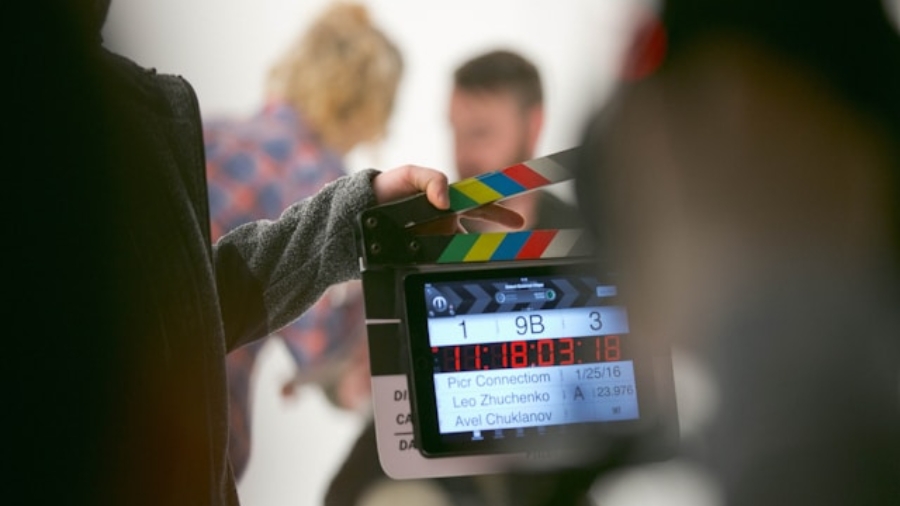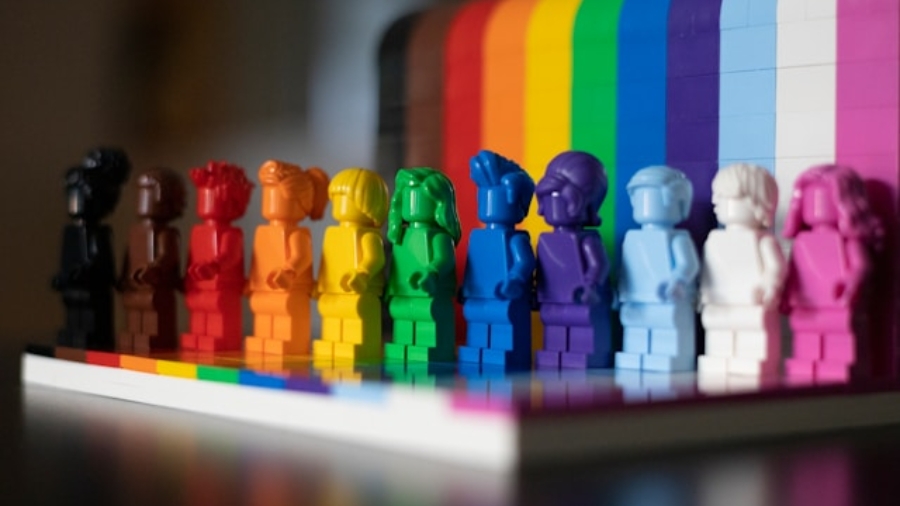YouTube offers a global platform where LGBTQ+ creators can tell authentic stories, raise awareness, challenge stereotypes, and build community. Whether you’re looking for coming‑out experiences, queer history & education, representation of trans/non‑binary lives, or just fun vlogs and comedy — there’s something for everyone. According to lists of LGBTQ+ YouTubers, the range of creators is wide and impactful. en.wikipedia.org+2refinery29.com+2
With that in mind, here are six standout YouTube channels (you can expand to ten or more) that are especially valuable — each described in depth so you know what to expect.
1. Tyler Oakley (USA)
Tyler Oakley is one of the most visible and veteran LGBTQ+ YouTube creators. He first began posting videos in 2007 and his content spans humour, pop culture commentary, and serious activism—particularly focusing on LGBTQ youth, mental health and rights. en.wikipedia.org
Why follow?
- A powerful mix of accessibility and depth: you’ll find fun vlogs and meaningful takes on issues like coming out or queer mental health.
- A voice for younger LGBTQ+ people navigating identity and the public sphere.
Content to expect: Personal stories, challenge videos, Q&A’s about LGBTQ+ life, advocacy pieces.
2. Rose & Rosie (UK)
Rose Ellen Dix and Rosie Spaughton create content together, offering a queer couple’s viewpoint with humour, honesty and relatability. The duo has been praised for “positive content and open dialogue around LGBT issues.” en.wikipedia.org
Why follow?
- Insight into day‑to‑day queer life as a couple: relationship vlogs, travel, fun challenges, but also reflections on identity.
- Representation of lesbian and queer relationships in a light, authentic way.
Content to expect: Joint vlogs, travel diaries, couple Q&A’s, stories of coming out, married life insights.
3. Jessica Kellgren‑Fozard (UK)
Jessica Kellgren‑Fozard brings together LGBTQ+ topics, disability awareness, vintage fashion and history. She’s known for educational, stylish and thoughtful videos about queer history and identity. en.wikipedia.org
Why follow?
- A unique blend: explores LGBTQ+ themes and intersects with topics like disability, vintage culture, and history.
- Great for deeper learning or for someone who appreciates aesthetics and substance.
Content to expect: Historical explorations (e.g., queer history in Britain), lifestyle videos, personal reflections about being queer + disabled, fashion vlogs.
4. Queer Kid Stuff
Created by Lindsay Amer, this channel is an educational venture aimed at young children (and their caregivers) to explore queer identities, gender, LGBTQ+ history and concepts via storytime, songs and accessible videos. en.wikipedia.org+1
Why follow?
- Fills a real gap: LGBTQ+ inclusive content for children and families — not just teens/adults.
- Simple, affirming language and frameworks: topics like pronouns, gender identity, consent, diversity made accessible.
Content to expect: Story‑readings, animated or illustrated explanations, children’s songs about LGBTQ+ topics, gentle introductions to identity concepts.
5. Queer Theology
Queer Theology is run by Brian and Fr. Shay, providing resources, inspiration and community for LGBTQ+ Christians and allies — bridging faith, identity and inclusion in meaningful ways. youtube.com
Why follow?
- For viewers navigating faith + queer identity, this channel offers thoughtful commentary, theology explained in accessible ways, and inclusive spiritual discourse.
- Helps fill the niche of religiously‑affiliated queer content, often underserved on YouTube.
Content to expect: Videos exploring scripture and queer identity, faith‑based Q&A’s, support for LGBTQ+ people in religious communities, guest interviews.
6. The Queer Network
The Queer Network is a channel dedicated to broader LGBTQ+ content: movies, documentaries, talk shows and stories from across the queer spectrum. youtube.com
Why follow?
- Diversity of formats: short films, talk‑shows, documentaries and guest features which go beyond vlogs.
- Good for general queer culture, entertainment and watching voices you might not see elsewhere.
Content to expect: Indie queer films, in‑depth interviews, lifestyle series (“Life Stuff”), features on queer topics.
How to choose the right channel for you
- Topic focus: Are you looking for personal vlogs, educational content, faith + identity, kid‑friendly topics, or entertainment?
- Representation: Does the creator reflect an identity similar to yours (genre, age, background, region)? That can help with resonance.
- Format & style: Do you prefer light, entertaining videos (Rose & Rosie) or deeper, educational ones (Jessica Kellgren‑Fozard, Queer Theology)?
- Frequency & engagement: Some channels upload frequently; others more rarely but with longer, thought‑out pieces.
- Community & support: Many creators build engaged communities in comments or via related social media; joining one can help you feel part of a supportive space.

